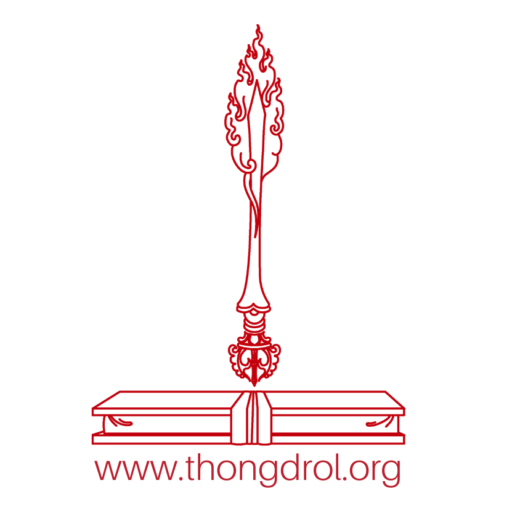31 The practice of all the bodhisattvas is to scrutinize oneself
Continually and to rid oneself of faults whenever they appear.
For unless one checks carefully to find one’s own confusion,
One might appear to be practising Dharma, but act against it. 32 The practice of all the bodhisattvas is never to speak ill
Of others who have embarked…
27
November
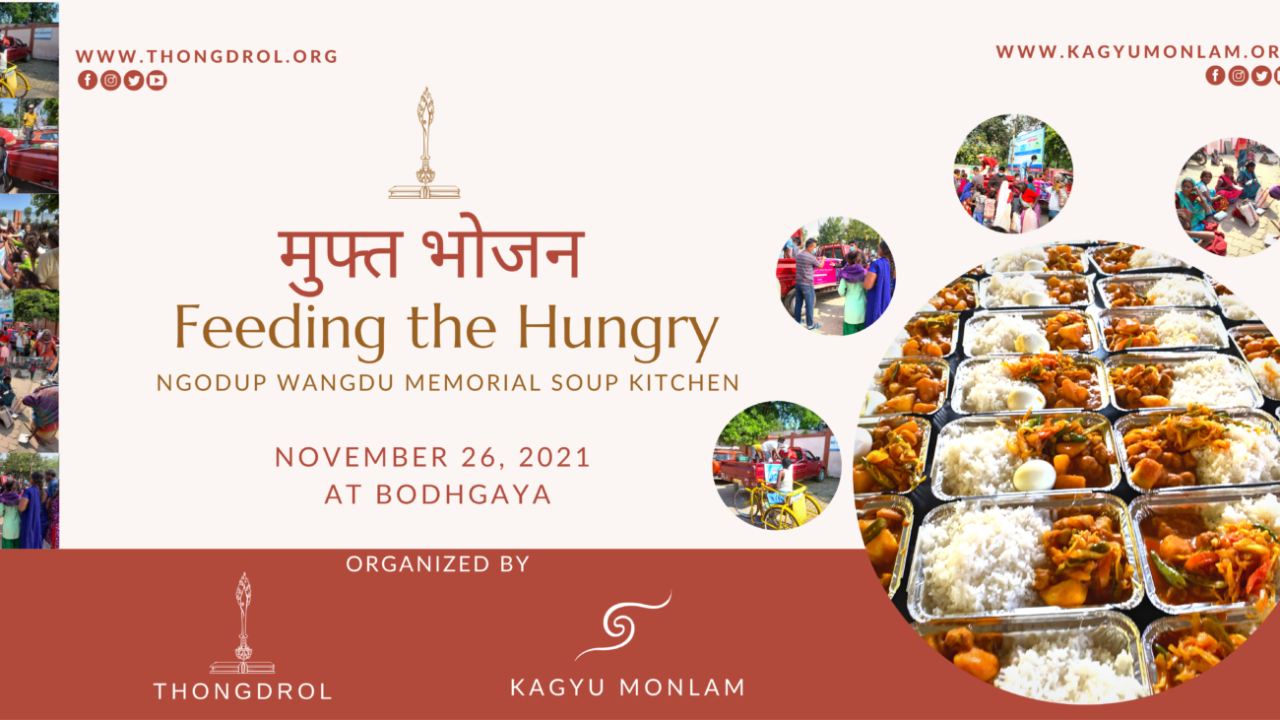
An opportunity to serve fresh and hot meal to monks, pilgrims, rickshaw drivers, cobblers and poor people around Mahabodhi Temple, Bodhgaya.
30
September
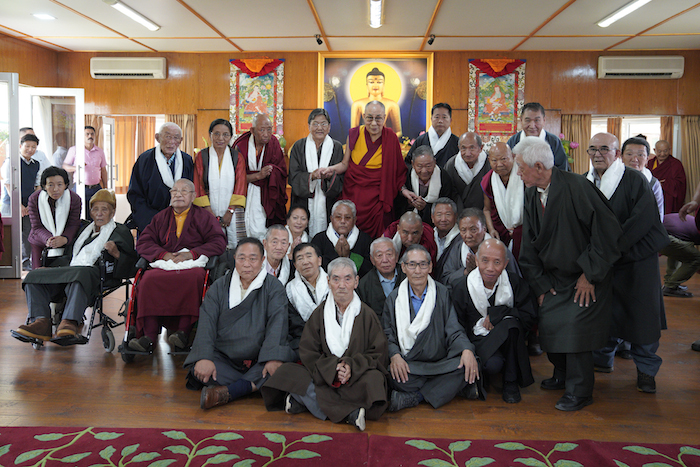
“In a time when our country and people were facing what was the darkest period in history, you had come to serve the greater cause. This is the most meaningful service to the Tibetan people and Buddha dharma. In that regard, all of you have lived a very meaningful life,” His Holiness said……
16
September
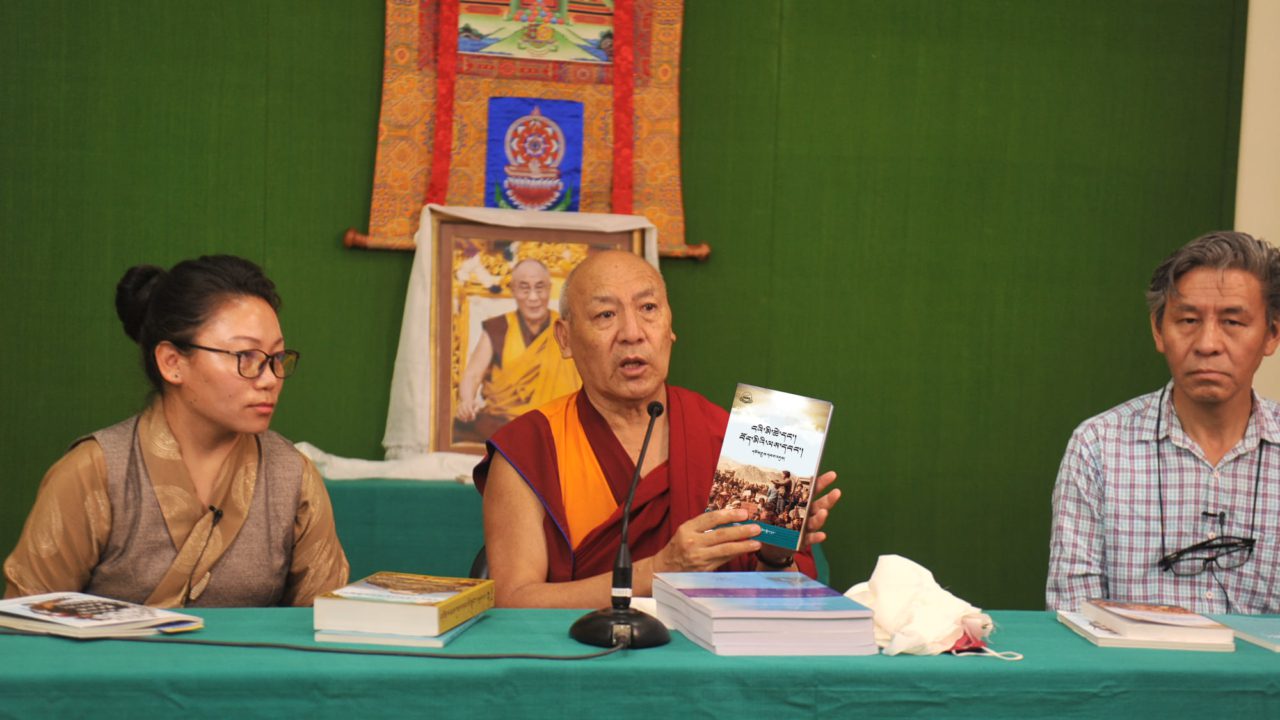
Some Buddhist teachers insist that believing in rebirth is necessary for living an ethical life. Their concern is that if there is no fear of karmic repercussions in future lifetimes, what keeps hospice patients, for example, from overcharging their credit cards? I find this argument as sad as the argument that without a belief…
07
July
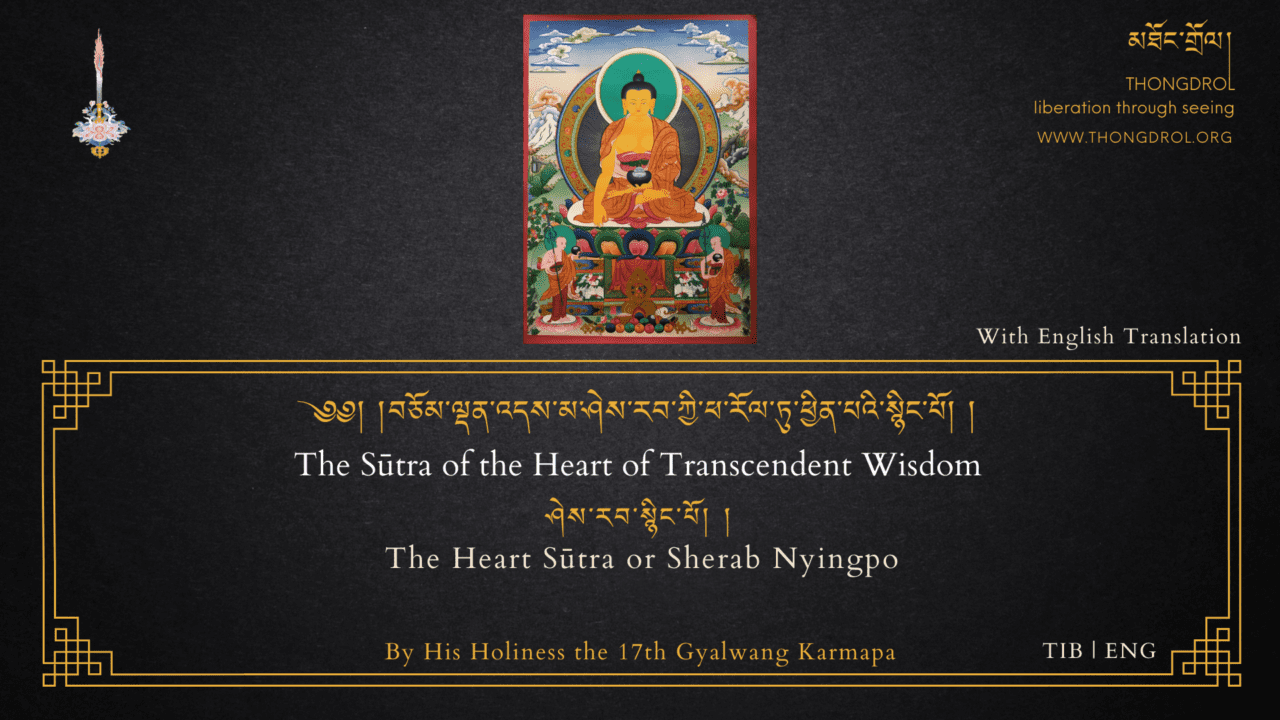
play
The Heart Sūtra or Sherap Nyingpo (ཤེས་རབ་སྙིང་པོ་) is one of the most popular Buddhist sūtra and certainly among the most widely used and chanted sutra-s in Tibet. Its full title in Sanskrit is Bhagavatīprajñāpāramitāhṛdaya and in Tibetan བཅོམ་ལྡན་འདས་མ་ཤེས་རབ་ཀྱི་ཕ་རོལ་ཏུ་ཕྱིན་པའི་སྙིང་པོ་ which translates as The Heart of the Blessed Perfection of Wisdom.
05
July
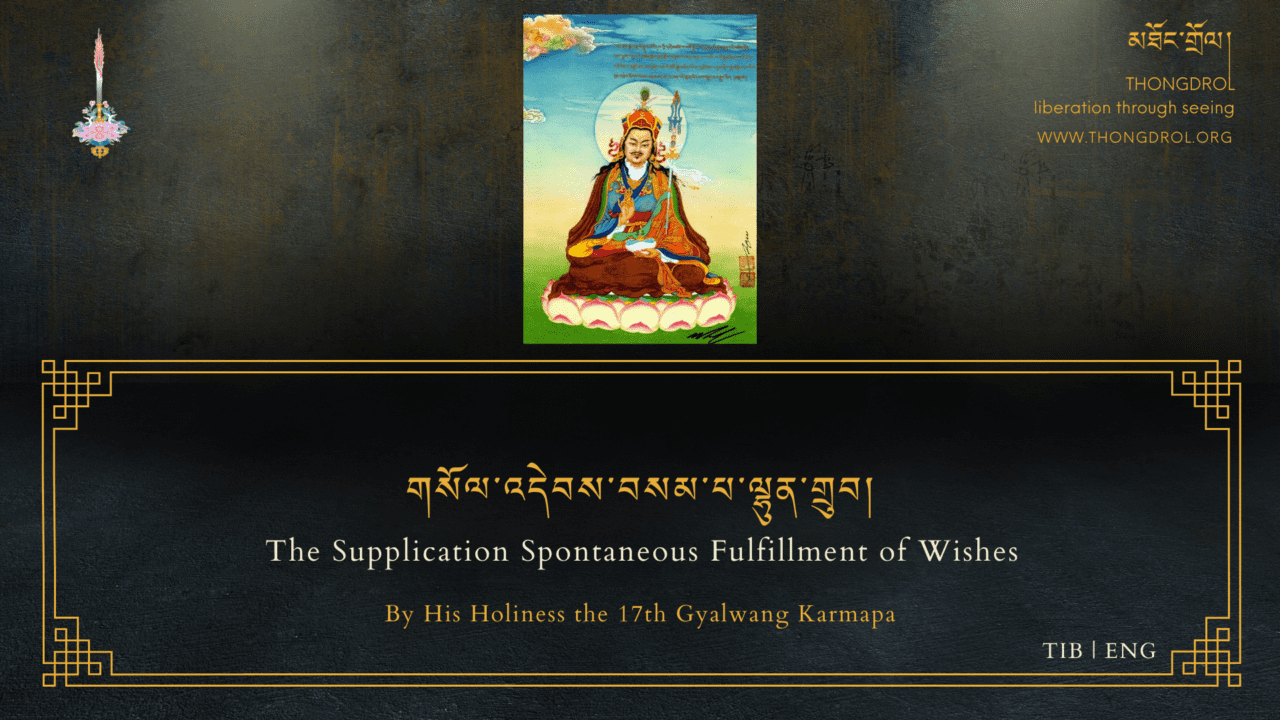
play
Sampa Lhundrupma (Tib. བསམ་པ་ལྷུན་གྲུབ་མ་།,) The Prayer to Guru Rinpoche That Spontaneously Fulfills All Wishes, is a prayer that forms the seventh chapter of Le’u Dünma.
03
July
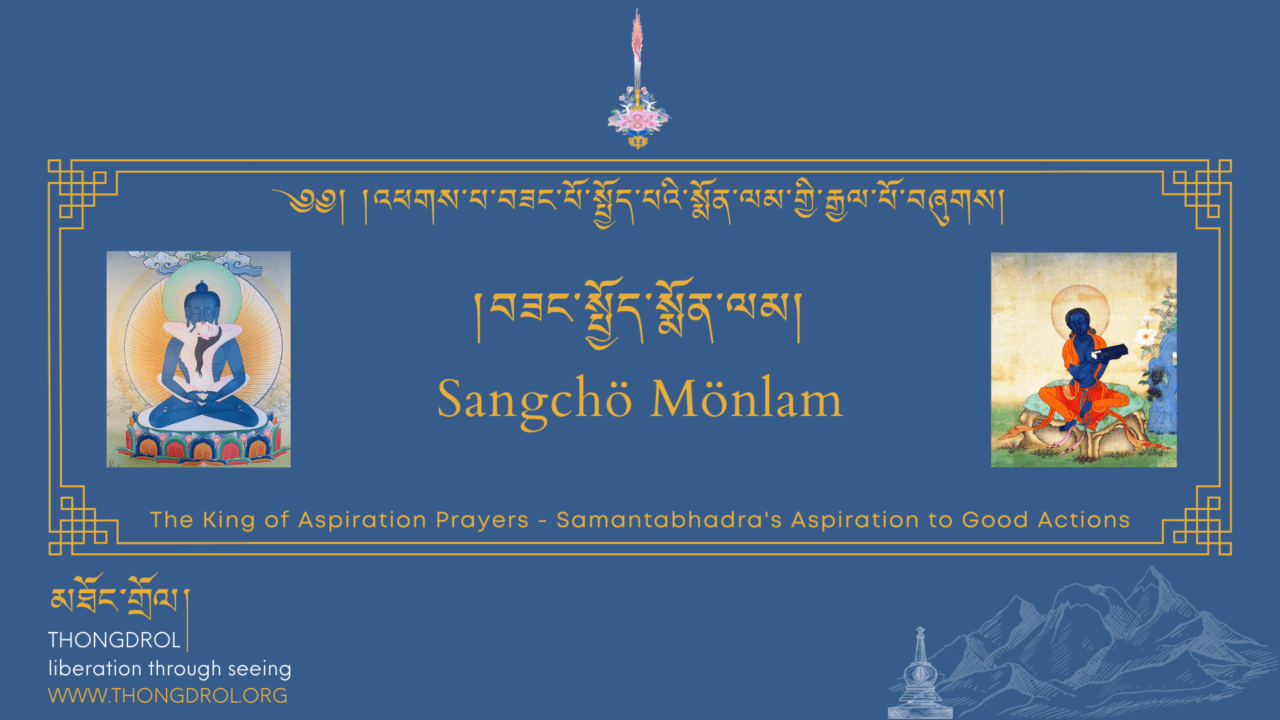
play
༄༅། །འཕགས་པ་བཟང་པོ་སྤྱོད་པའི་སྨོན་ལམ་གྱི་རྒྱལ་པོ་བཞུགས།The King of Aspiration Prayers: Samantabhadra’s “Aspiration to Good Actions” (Zangchö Mönlam) from the Gaṇḍavyūha chapter of the Avataṃsaka sutra.
01
July

play
Dechen Mönlam (བདེ་ཅན་སྨོན་ལམ་) is one of the most commonly recited aspirational prayers in Tibet and Himalaya. Originally composed by Karma Chakmé in eastern Tibet in the 17th century.

